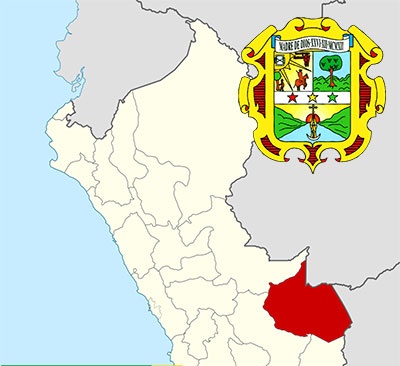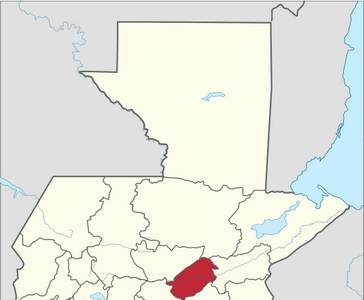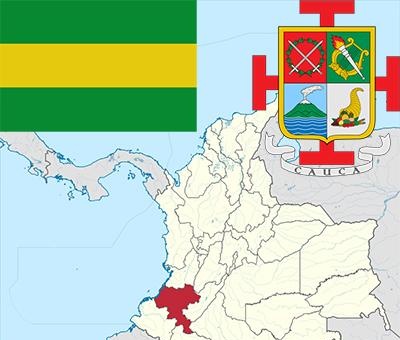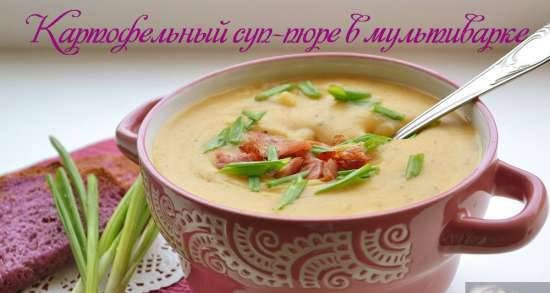|
 The Peruvian region Madre de Dios is located in the Amazonian jungle in the border zone with Bolivia and Brazil, where a tropical warm and humid climate prevails all year round. The Peruvian region Madre de Dios is located in the Amazonian jungle in the border zone with Bolivia and Brazil, where a tropical warm and humid climate prevails all year round.
Its geographic conditions are among the most difficult in the country, but natural resources abound in forests, wild fruits and precious metals. The production of coffee, rice, chestnuts, cereals, cassava, bananas and coconuts is important in the region's economy, and the constant availability of these products and freshwater fish in the department's markets is reflected in the traditional regional cuisine.
For the Peruvian selva, and Madre de Dios in particular, the most important religious holiday is San Juan - June 23-24, when a folklore festival is held with a queen election, dancing and national food preparation. The most popular dishes of the festival were juanes, which are of several types, similar in cooking technology. Classic Juane is made from rice mass with spices, olives, half a boiled egg and a slice of chicken. The filling is wrapped in a banana leaf, and the bag-shaped product is boiled in boiling water. Juanas are very common, consisting of mashed cassava with fish pieces.
 River fish is of great importance to the indigenous people of the region and the local cuisine as the main source of protein. Popular fish dishes include: River fish is of great importance to the indigenous people of the region and the local cuisine as the main source of protein. Popular fish dishes include:
• timbuche - Traditional jungle soup made from bokachiko, karachama, corvina or other fish with beaten egg and cilantro;
• Karachama broth (caldo de cacharama) - fish broth with strips of sweet pepper, garlic and cilantro leaves, which is served with whole fish, cooked with the head, as well as boiled cassava and vegetable banana, breaded;
• patarashca - an ancient dish representing a whole fishwrapped in a spiced banana leaf and cooked over charcoal.
In addition to fish, the cuisine of Madre de Dios often uses tortoiseshell meat and eggs, and the consumption of the toothed land turtle is especially common, which has led to a sharp decline in its populations. The reptiles are sold along with the shell, in which the indigenous people traditionally prepare soup. sarapatera with turtle meat, grated banana, cassava and cilantro. River Trionix eggs are used in baking mushangue - tortillas made from coarse wheat flour with sugar, usually served with mashed green bananas.
Among other regional dishes, those made from game are interesting. Asado de picuro is a roast of paki meat, a large rodent of the agouti family, with cassava puree. Asado de venado - reindeer roast, to which salad and tacacho are added, that is, small spherical products made from banana puree with lard and dried pork.
The list of traditional regional dishes continues with corn tortillas, rice flour bread with cassava and lard, as well as drinks, most of which are made from fruit purees (carambola, cocoon, passion fruit, aguaje, banana, patava and others), water and sugar. In addition, unique alcoholic drinks are prepared here:
• masato based on fermented cassava;
• huarapo based on fermented cane juice or with cognac added to the drink.
Elena
|
 The Peruvian region Madre de Dios is located in the Amazonian jungle in the border zone with Bolivia and Brazil, where a tropical warm and humid climate prevails all year round.
The Peruvian region Madre de Dios is located in the Amazonian jungle in the border zone with Bolivia and Brazil, where a tropical warm and humid climate prevails all year round.









